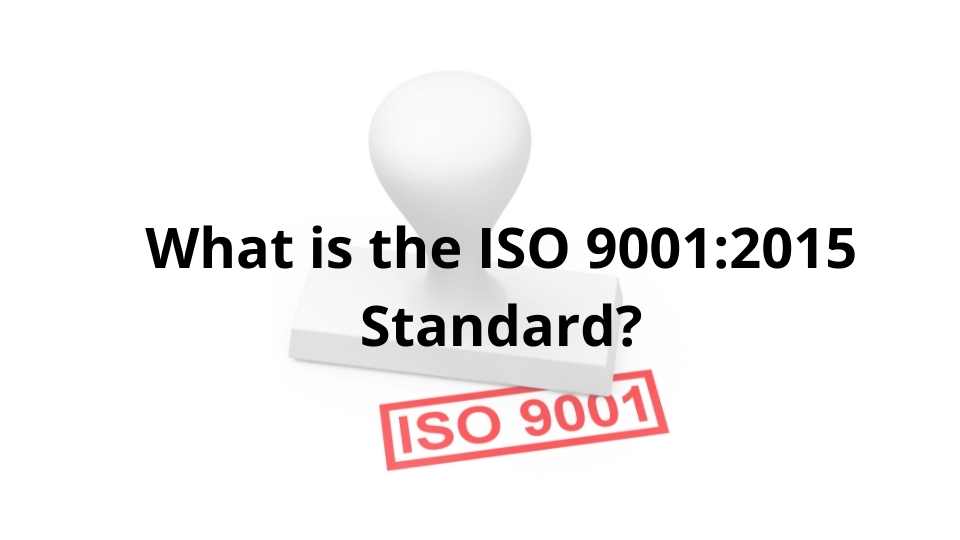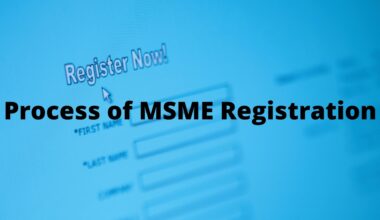ISO 9001 is an ISO standard that specifies the requirements for a Quality Management System (QMS). The first version was published in 1987, and the most recent change was produced in 2015. The ISO 9001 standard is a member of the ISO 9000 series of certifications that examine several aspects of Quality Management. Some of the most well-known ISO standards are included in the ISO 9000 family. These standards provide the necessary guidelines and equip businesses with the resources they need to implement customer satisfaction by continuously meeting their needs through the products and services they offer.
These criteria also include provisions to assist businesses in ensuring that, in addition to customer happiness, the quality of goods is constantly enhanced. ISO 9001:2008
What is the definition of a Quality Management System (QMS)?
A Quality Management System offers the procedures for determining how firms can keep up with the ever-changing expectations of customers and shareholders impacted by their activity. The objectives for achieving requirements, on the other hand, are not defined and differ from one company to the next. According to the ISO 9001 standard, businesses must define their own objectives and continually refine their processes in order to maintain high standards.
ISO 9001:2015 Standard Covered Topics
ISO 9001’s basic methodology is based on the Plan-Do-Check-Act procedure, and it attempts to develop a process-oriented approach in the pursuit of successful quality management in a business. Quality management is accomplished by efficiently documenting and regularly reviewing the structure, roles, and procedures for manufacturing goods or providing services. The ISO standard handles the following material in various parts.
- A QMS’s requirements include documented information, planning, and determining process relationships.
- Responsibilities of management
- Effective resource management, encompassing Human Resources and the organization’s work environment.
- Every step of the product realization process, from design to delivery
- Internal audits, as well as corrective and preventive actions, are used to facilitate measurement, analysis, and changes to the existing QMS.
ISO 9001:2015
The ISO 9001: 2015 standard, in general, focuses on the goal of continuous improvement in the quality of goods and services, hence increasing customer satisfaction. The standard is applicable to all types of businesses, regardless of size or industry. There have been numerous success stories of businesses using quality improvement to improve their overall customer happiness. The implementation of the ISO standard has benefited over 1 million businesses in 170 countries.
These are some of the fundamental goals that ISO 9001:2015 will assist you in achieving.
- Improve overall consumer happiness by providing higher-quality goods and services.
- Examine the general context of the organization to identify the people who will be impacted by your job and their expectations.
- Allows a firm to properly identify and set business objectives, as well as work efficiently toward them.
- Assists firms in putting customers first and treating their happiness as a primary incentive for constantly refining and enhancing the quality of goods and services supplied.
- Identify new business opportunities and establish a new customer base by expanding into new markets while maintaining high quality.
Procedure for Certification
The ISO 9001 standard certification procedure consists of five steps, which are as follows.
- Stage 1: Initial Assessment- The initial assessment determines whether the standard’s mandatory requirements are being satisfied and whether the QMS is functional enough to proceed to stage 2.
- Stage 2: This step assists in determining the success of the QMS and validating that the QMS has been implemented inside the organization. Stage 3– Corrective measures are done to resolve concerns and corrective actions raised in stages 1 and 2. After completing this phase, certification is suggested.
- Stage 4: The certification recommendation, together with the organizations, is assessed by a panel, and a decision is taken on certification.
- Stage 5: The certificate is awarded following the successful communication of the project.
Suggested read- iso registration
How long does it take to obtain ISO 9001:2015 certification?
Certification to the ISO 9001:2015 standard is valid for a maximum of three years. During this three-year term, the organization will be subject to mandatory audits to guarantee regulatory compliance.
- ISO 9001 Adaptation for Sector-Specific Applications
- Based on ISO 9001, ISO has developed quality management standards for certain sectors and industries. Here is a list of ISO standards that are based on ISO 9001:
- Medical Devices – ISO 13485
- ISO 17582- Electoral organizations at all levels of government
- Local Government (ISO 18091)
- ISO/TS 22163 – Requirements for rail organizations’ business management systems
- ISO/TS 29001 – Petroleum, Petrochemical, and Natural Gas Industries
- Software Engineering (ISO/IEC 9003)







